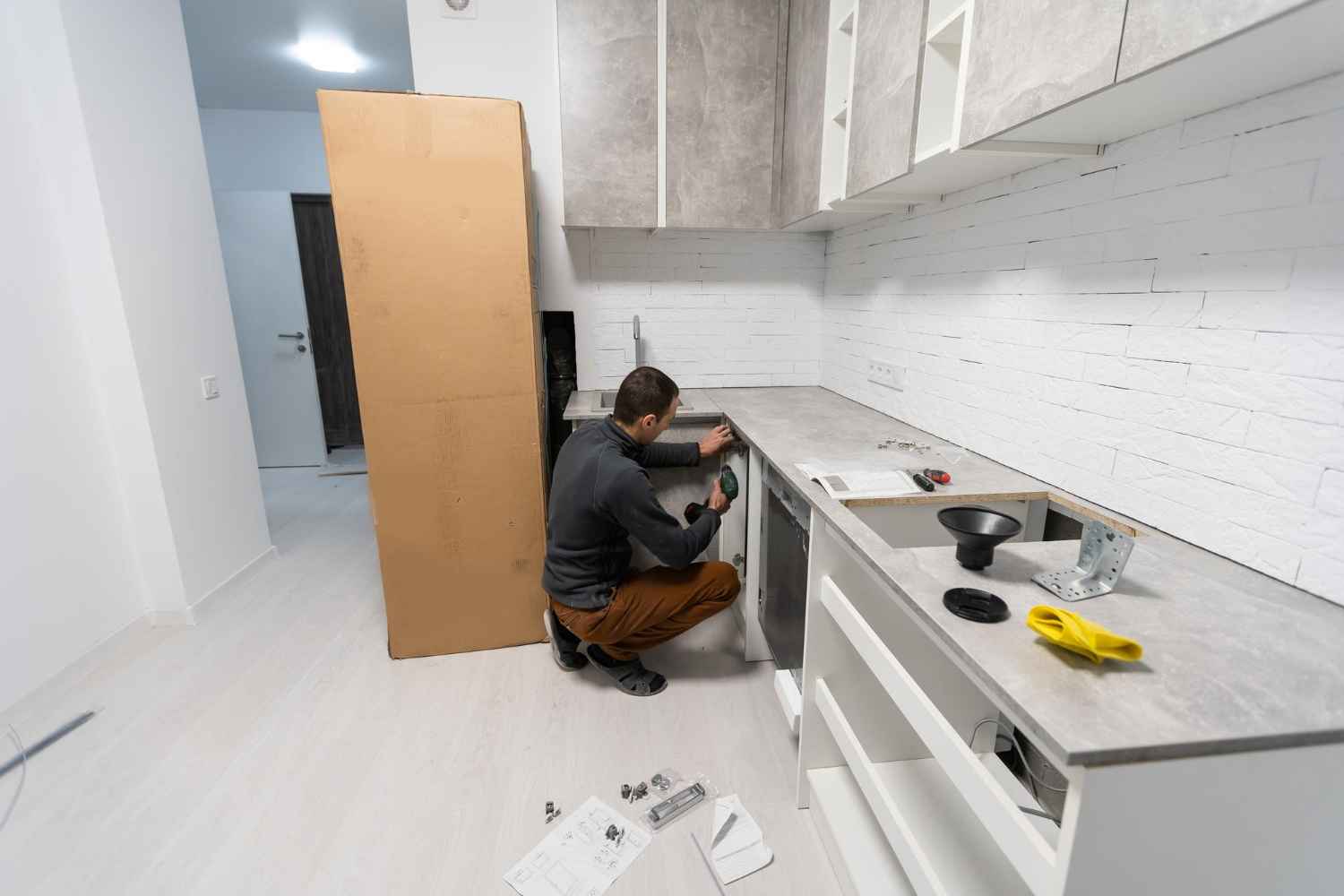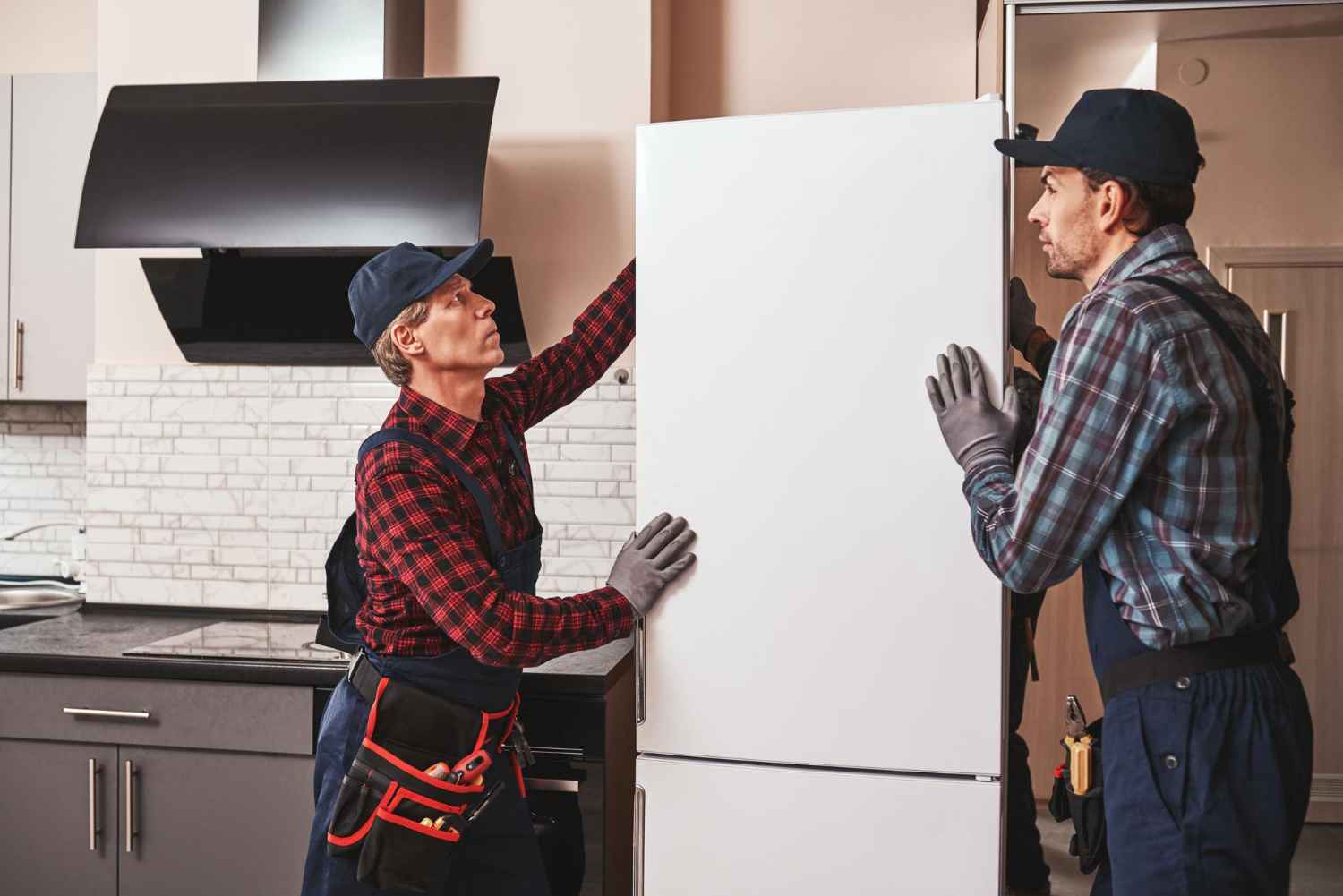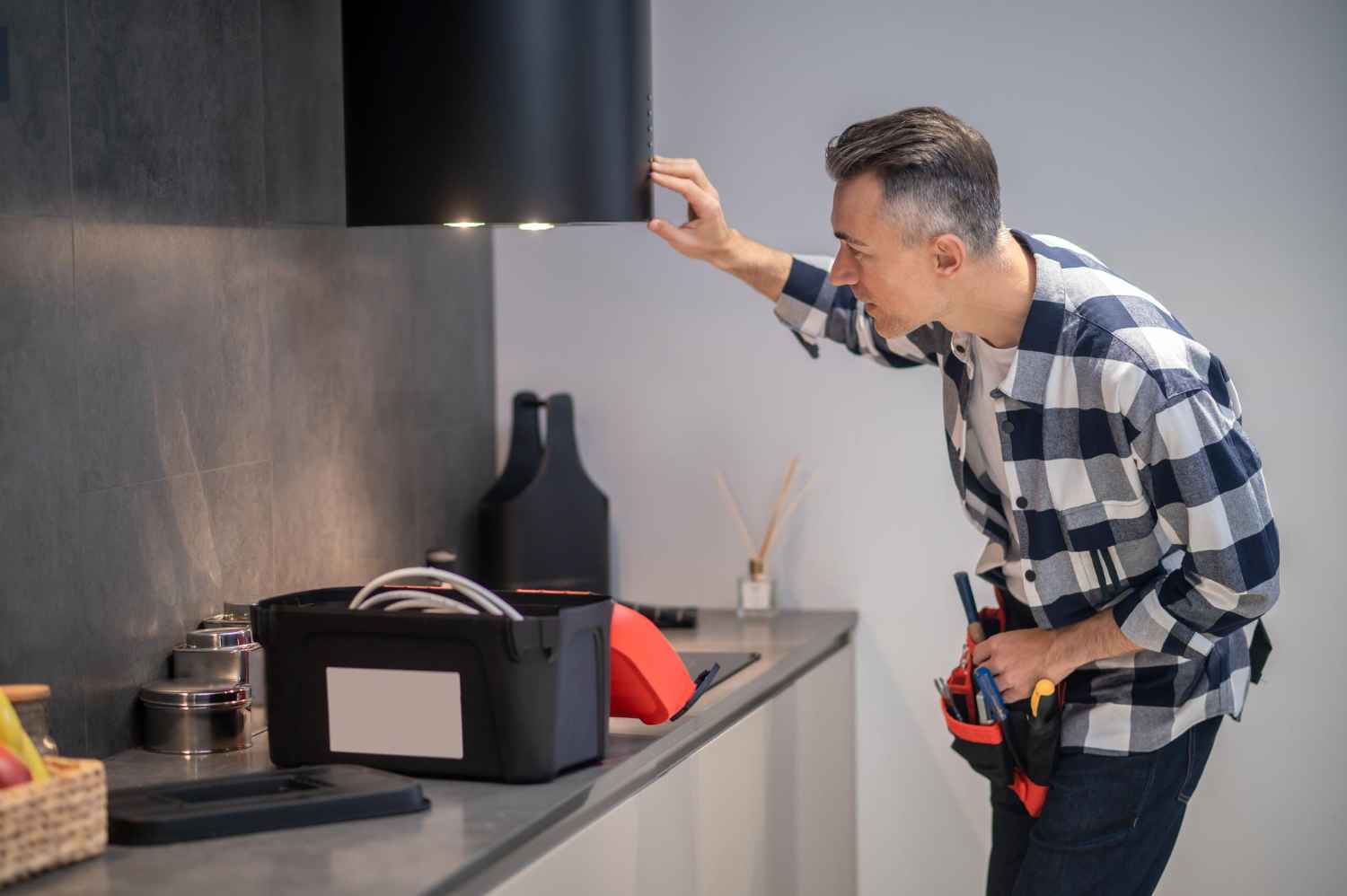A kitchen is the heart of everyone’s home – it is where you cook, eat, and gather with family and friends. But what happens when your kitchen starts to feel tired and outdated? A kitchen renovation can breathe new life into this important space, making it more functional, stylish, and enjoyable to be in. The possibilities are endless, from sleek countertops and custom cabinets to energy-efficient appliances and smart lighting. So why settle for a lacklustre kitchen when you can create your dream space?
Step By Step Breakdown of the Process
Design and Planning:
The first step in fitting a new kitchen is designing and planning the layout. This may involve consulting with a designer or architect to create a functional and aesthetically pleasing design that meets your needs and budget. The design and planning process may take several weeks, depending on the magnitude and complexity of the project.
Removing the Old Kitchen:
The next step is to remove the old kitchen, including cabinets, appliances, worktops, and flooring. This can be a time-consuming process and may require the services of a demolition or waste removal company. The installation team will need to take care to avoid damaging any existing infrastructure, such as plumbing or electrical fixtures, during the removal process.
Installing New Cabinets and Worktops:
Once the old kitchen has been removed, the installation team will begin fitting new cabinets and worktops. This may involve assembling flat-pack units, cutting and fitting custom cabinets, and installing countertop surfaces. The installation team must ensure that each cabinet and worktop is level and securely attached to the walls and floor.
Fitting Appliances:
The next step is to fit appliances, such as a refrigerator, oven, stove, and dishwasher. This may involve connecting electrical and plumbing fixtures and ensuring each appliance is installed and functioning. The installation team will need to coordinate with other contractors, such as electricians and plumbers, to ensure that each appliance is installed safely and efficiently.
Installing Lighting and Fixtures:
The installation team will then install lighting fixtures, such as ceiling, under-cabinet, and task lighting. They may also install plumbing fixtures like a sink, faucet, and garbage disposal. The installation team will need to ensure that each fixture is properly installed and functioning correctly.
Flooring:
Finally, the installation team will lay the new flooring, which may involve installing tiles, hardwood, or vinyl flooring. The installation team will need to ensure that the flooring is level and properly sealed to prevent moisture and water damage.


How Long Does a Tap Installation Take?
In general, the process of fitting a kitchen tap can take anywhere from 1-2 hours for a basic installation to 3-4 hours for a more complex installation. The basic process of fitting a kitchen tap involves the following steps:
Turn Off Water Supply: The installer will first turn off the water supply and then turn on the tap to drain any remaining water from the pipes.
Remove the Old Tap: The installer will remove the old tap by loosening and disconnecting bolts and fittings.
Prepare the New Tap: The installer will prepare the new tap for installation by assembling any necessary parts and fittings.
Install the New Tap: The installer will then install the new tap by securing it to the sink or countertop and connecting the necessary fittings and hoses.
Test the New Tap: To ensure no leaks or problems, the installer will activate the water supply and perform a trial run of the new tap.
Performing the Final Checks
After the installation is complete, the installation team will perform a series of final checks to make sure that everything is working correctly and to your satisfaction. These checks may include the following:
Testing Appliances: The installation team will test each appliance to ensure that it is functioning correctly and safely. They will also demonstrate how to use each appliance and provide any necessary instructions or manuals.
Checking Plumbing and Electrical Fixtures: The installation team will check all plumbing and electrical fixtures, such as the sink, faucet, and lighting, to ensure that they are working properly and to code.
Inspecting Cabinets and Worktops: The installation team will inspect each cabinet and worktop to ensure that they are securely installed and levelled. They will also check for damage or defects and make necessary repairs.
Cleaning Up: The installation team will clean up any debris or materials left over from the installation process. They will also wipe down surfaces and ensure the kitchen is clean and tidy.
Client Walk-Through: The installation team will do a final walk-through with you to ensure that you are satisfied with the installation and address any final questions or concerns.
How Much Time Does It Take?
The amount of time required to fit a kitchen can vary depending on a number of factors, such as the magnitude of the project, the type of materials being used, and the experience and expertise of the installation team.
As a general guideline, the basic kitchen installation process may take 1-2 weeks. This would typically involve the removal of the old kitchen, installing the new cabinets and worktops, fitting appliances and fixtures, and final checks.
However, the installation time may take longer for larger or more complex kitchen projects. For example, if the project involves major structural changes or the installation of custom cabinetry and high-end appliances, the installation time may extend to 3-4 weeks or longer.
Design Ideas for Kitchen Renovation
Kitchen renovation is a great way to refresh the heart of your home, increase functionality, and add value to your property. Here are some kitchen renovation ideas to consider:
Upgrade Your Cabinets: One of the most impactful ways to update your kitchen is by upgrading your cabinets. You can refinish or replace the cabinet doors, add new hardware, or even install new custom cabinets to match your style and needs.
Install New Countertops: New countertops can transform the look and feel of your kitchen. Options include granite, quartz, marble, or even butcher block for a warm, natural look.
Add a Backsplash: A backsplash protects your walls from splashes and spills and adds a decorative element to your kitchen. Consider a colourful tile, a sleek subway tile, or even a mosaic pattern.
Upgrade Your Appliances: New appliances can give your kitchen a modern, high-end look and improve functionality. Consider energy-efficient models, smart appliances, or even built-in appliances for a seamless, custom look.
Increase Storage: If your kitchen is lacking in storage, consider adding more cabinets or shelving. Pull-out drawers and organisers can also maximise your existing space.
Install New Lighting: Proper lighting can enhance the ambience of your kitchen and make it more functional. Consider pendant lights over the island or under-cabinet lighting for task lighting.
Add an Island: An island can provide additional counter space and a spot for casual dining or entertaining.
Upgrade the Flooring: New flooring can completely transform the look of your kitchen. Consider hardwood, tile, or even eco-friendly options like bamboo or cork.

